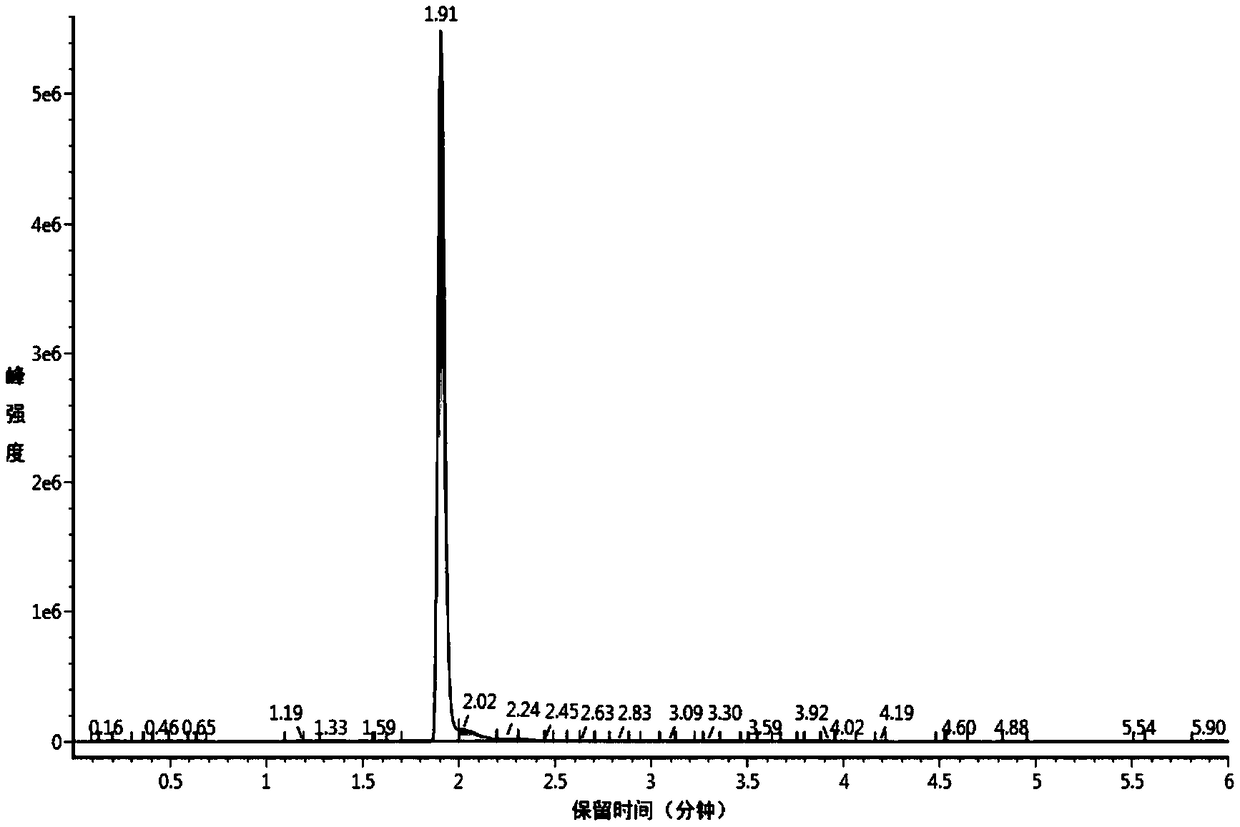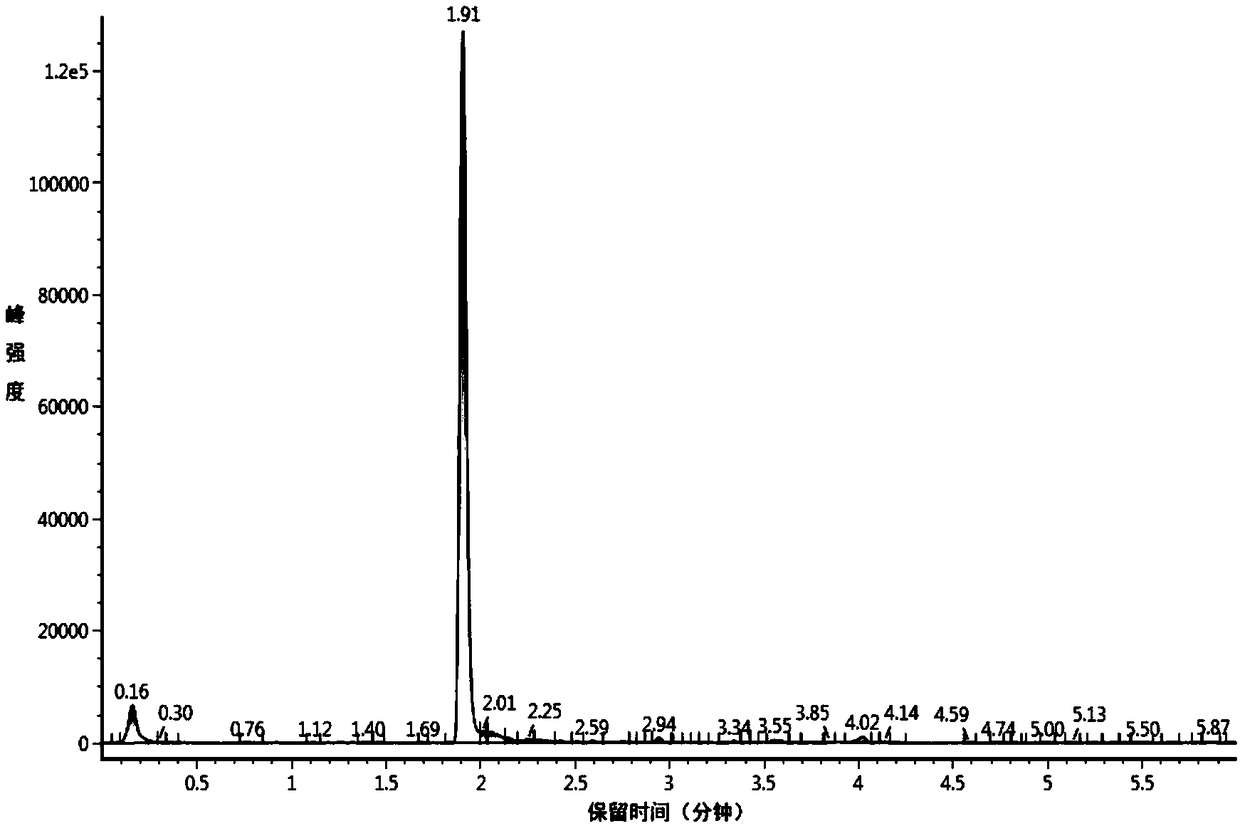Method for quantitative determination of content of insulin degludec in biological sample by UPLC-MS/MS
A technology for insulin degludec and biological samples, applied in the field of quantitative measurement of insulin degludec, can solve the problems of long detection process, false negatives, increased time cost and economic cost of detection, etc.
- Summary
- Abstract
- Description
- Claims
- Application Information
AI Technical Summary
Problems solved by technology
Method used
Image
Examples
Embodiment 1
[0045] Embodiment 1: sample preparation
[0046] Simulated plasma samples containing varying amounts of insulin degludec were prepared by tracing insulin degludec in simulated plasma (in blank plasma with 0.1% aprotinin) at various concentrations to assess linear response (500-50000 ng / mL) .
Embodiment 2
[0047] Example 2: Enrichment of insulin degludec before mass spectrometry analysis
[0048] The samples were pretreated by protein precipitation and solid phase extraction (SPE) column. The SPE cartridge retains insulin degludec while allowing other serum proteins and macromolecules to flow through, and introduces 50 μL of the sample into the Waters H Class With methanol: water: acetic acid (6:3:1, v / v / v) solution, insulin degludec was eluted from the extraction column to the analytical column (Waters, ACQUITY UPLC Peptide BEHC18 ). A UPLC gradient was applied to the analytical column to separate the insulin degludec from other analytes contained in the sample. Mobile phase A was 0.1% formic acid in water and mobile phase B was 0.1% formic acid in acetonitrile. The UPLC gradient started with a 15% organic gradient and increased to 85% in about 192s. The insulin degludec enriched samples were then subjected to MS / MS to quantify insulin degludec.
Embodiment 3
[0049] Example 3: Detection and quantification of insulin degludec by tandem MS
[0050] MS / MS was performed using a Waters TQ-S MS / MS system. All from Waters UNIFI 1.8.2.169 or newer were used in the examples described herein. ESI source interface to the MS / MS analyzer for the liquid solvent / analyte stream leaving the analytical column. The solvent / analyte mixture is converted to vapor in the heated tubing of the interface. In positive ion mode, analytes are ionized by ESI under acidic conditions. Ions enter the first quadrupole (Q1). Several possible insulin degludec precursor ions were observed at Q1. Figure 1-3 It is a typical spectrum of 4+, 5+, 6+ insulin degludec ion pairs detected by UPLC-MS / MS. Fragmentation studies were performed on multiply charged insulin degludec precursor ions at m / z of about 1527.27±0.50 (4+ ions), 1222.06±0.50 (5+ ions) and about 1018.57±0.50 (6+ ions).
[0051] Table 1. Optimal collision energies (positive polarity - acidic conditions) ...
PUM
| Property | Measurement | Unit |
|---|---|---|
| molecular weight | aaaaa | aaaaa |
Abstract
Description
Claims
Application Information
 Login to View More
Login to View More - R&D
- Intellectual Property
- Life Sciences
- Materials
- Tech Scout
- Unparalleled Data Quality
- Higher Quality Content
- 60% Fewer Hallucinations
Browse by: Latest US Patents, China's latest patents, Technical Efficacy Thesaurus, Application Domain, Technology Topic, Popular Technical Reports.
© 2025 PatSnap. All rights reserved.Legal|Privacy policy|Modern Slavery Act Transparency Statement|Sitemap|About US| Contact US: help@patsnap.com



